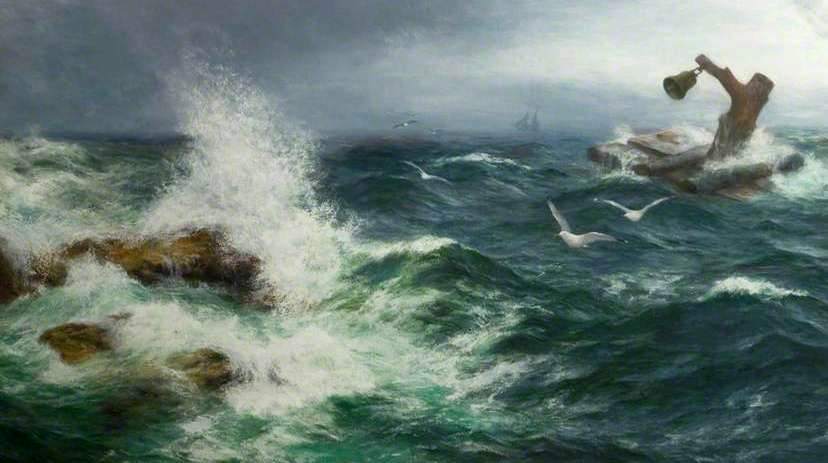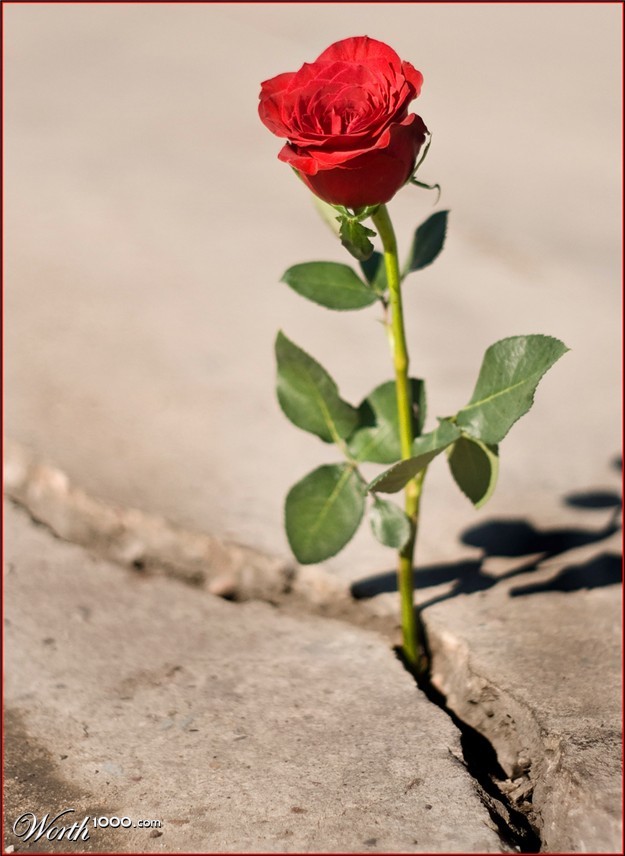This poem analysis is divided into three parts – context, rhyme scheme, and symbolism.
Context: ‘Lorelei’ was written by Sylvia Plath as a part of the collection of poems entitled The Colossus and Other Poems which was published in the year 1960. Many of the poems in this collection refer to myths drawn from various sources. For example, ‘The Colossus, the title poem of the collection itself, refers to the ancient Greek myth of Oresteia and Agamemnon. Similarly, ‘Lorelei’ is based on the German myth of the Nixes. Also, many of the poems in this collection take their material from paintings. For example, ‘The Disquieting Muses’ draws inspiration from the painting of the same name by Giorgio de Chirico. Perhaps Plath looked at the several paintings of Lorelei by artists as diverse as Edger Ende, Albert Pinkham Ryder, and Wilhelm Kray before writing this poem. What this proves is that ‘Lorelei’ fitted neatly into the scheme of The Colossus and Other Poems, and that it replicates the collective ethos invoked by all the other poems in the collection as well.
Rhyme Scheme: Plath does not follow any single rhyme scheme throughout the entire length of ‘Lorelei’. However, this part of the poem explanation would be incomplete without mentioning that some of the stanzas feature end rhymes in their first and third lines. For example, in the first stanza, the words “in” and “sheen” rhyme. Again in the second stanza, the words “dropping” and “sleeping” rhyme. In the fifth stanza, the words “heavier” and “clear” rhyme. In the ninth stanza, the words “harborage” and “ledge” rhyme. In the tenth stanza, the words “worse” and “source” rhyme. And finally, in the eleventh stanza, the words “calling” and “drifting” rhyme. As can be easily observed, these are rather crude rhymes. However, the poem does not, because of them, seem juvenile or ill-constructed. The lines of one stanza flow on into the next, to capture the melodious flow of Plath’s thoughts as well, and in a way, both echo the melodious song of the Nixes.
Symbolism: This part of the poem explanation is based on what Lorelei herself, and what the river from which she rises, might signify for Plath. Lorelei, for Plath, is death. It is death that beckons her, assuring her that all will be peaceful when her life ends. Plath’s fascination with death is apparent in most of her poetry, and a close examination of her life will show that prior to the publication of this poem in 1960. Plath had tried to commit suicide at least once in 1953 while she was still studying at Smith College. This is her first medically documented suicide attempt, because in this instance she had taken pills. However, there is evidence to suggest that she had attempted suicide at other times as well, for example, when she tried to slit her throat at the age of 10, when she almost drowned (this would seem especially significant in the context of this poem about water spirits), and when her car crashed into a tree a year before she actually died by putting her head into the oven at her own house. Suicide, for Plath, was an escape, and also a return to her childhood (much of which she spent near the Atlantic Ocean, in the presence of her father before his death when Plath was just eight years old). She felt compelled, in a way, to attempt suicide. This is why she represents death as a water-spirit calling out to her, haunting her, and possessing her.
The river in the poem, from which the Nixes emerge, is both the Rhine (on the banks of which is a rock named the Lorelei, on which this most famous of the Nixes was supposed to sit on while singing her enchanting song), and Lethe (one of the rivers of Hades or the underworld in Greek mythology). That Rhine is in Germany would be significant for Plath because of her German descent (as has been mentioned in the poem summary of ‘Lorelei’). The poem moves from “This is no night to drown in” in the first line, to “Stone, stone, ferry me down” in the last line. Though Plath’s intention has been inverted in the course of the poem, from not wanting to drown, to yearning for the depths of the river, the direction of the movement has remained the same – downward, towards the underworld. Moreover, any reader familiar with Greek mythology would know that it was believed that one who drinks from the water of Lethe would experience complete forgetfulness. Therefore, in wanting to drown in the river, and in drowning, to ingest its water, Plath seems to want to forget all the misery in her life. Lethe is her ultimate destination, and death is the only way to get there. Hence she naturally refers to a figure like Lorelei who would seduce her there.
Some online learning platforms provide certifications, while others are designed to simply grow your skills in your personal and professional life. Including Masterclass and Coursera, here are our recommendations for the best online learning platforms you can sign up for today.
The 7 Best Online Learning Platforms of 2022
- Best Overall: Coursera
- Best for Niche Topics: Udemy
- Best for Creative Fields: Skillshare
- Best for Celebrity Lessons: MasterClass
- Best for STEM: EdX
- Best for Career Building: Udacity
- Best for Data Learning: Pluralsight
















